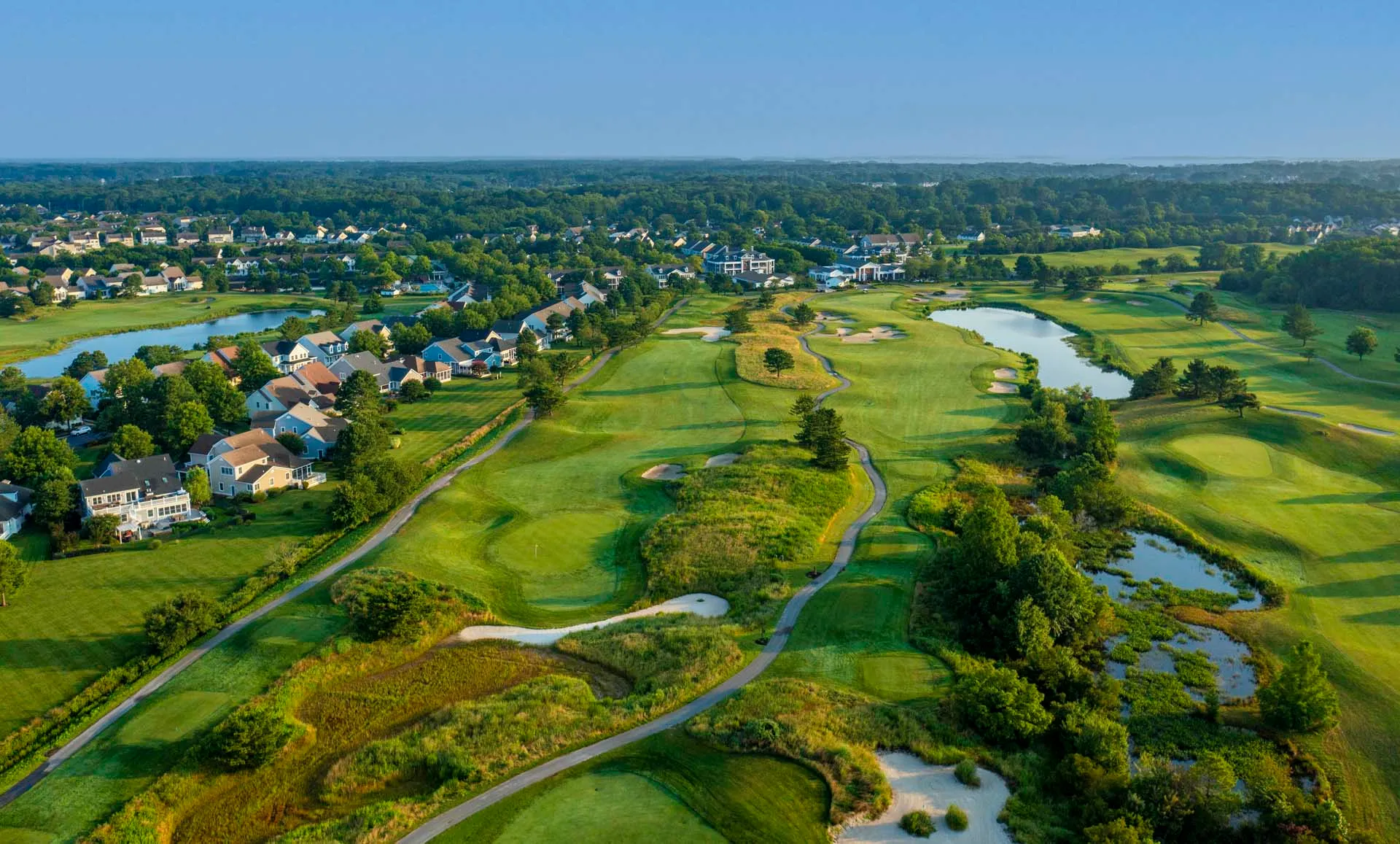Exploring the History of Bear, Delaware

Nestled in New Castle County, Bear, Delaware, is a thriving community with a rich history that spans centuries. From its origins as a rural farming settlement to its transformation into a suburban hub, Bear's story is a testament to the resilience, innovation, and spirit of its residents.
Colonial Settlement and Agricultural Roots:
The history of Bear can be traced back to the colonial era when European settlers first arrived in the region in the 17th century. The fertile soil and favorable climate of the area attracted settlers who established farms and homesteads, laying the foundation for the agricultural economy that would sustain the community for generations.
The early settlers cleared the land, built homes, and cultivated crops such as corn, wheat, and tobacco. Agriculture became the cornerstone of Bear's economy, shaping the landscape and character of the community for centuries to come.
Industrialization and Economic Growth:
In the 19th century, Bear experienced significant growth and development with the onset of the Industrial Revolution. The construction of mills, factories, and foundries along the Christina River provided employment opportunities for residents and spurred economic growth in the region.
The textile industry flourished in Bear, with mills producing textiles, cloth, and other goods for markets across the United States. The growth of industry brought new opportunities for employment and economic prosperity to the community, attracting workers and entrepreneurs to the area.
Transportation and Connectivity:
The development of transportation infrastructure played a crucial role in Bear's growth and prosperity. The construction of roads, bridges, and later, railroads, improved access to markets and transportation routes, facilitating the movement of goods and people in and out of the community.
The arrival of the railroad further enhanced Bear's connectivity, linking the community to regional and national transportation networks. The railroad provided a vital link to urban centers and markets, opening up new opportunities for trade and commerce.
Suburbanization and Development:
In the 20th century, Bear underwent a period of suburbanization and residential development as people from nearby urban areas sought refuge from the hustle and bustle of city life. Subdivisions and housing developments sprang up in Bear, attracting new residents seeking a peaceful and idyllic lifestyle.
The expansion of residential development brought changes to the landscape and demographics of Bear, as well as new opportunities for businesses and services to serve the growing population. Despite these changes, Bear retained its rural charm and close-knit community spirit.
Modern Era and Community Identity:
Today, Bear is a vibrant community with a strong sense of community spirit and pride in its history and heritage. Its historic downtown district, lined with charming shops and restaurants, is a popular destination for residents and visitors alike.
Community events, festivals, and cultural celebrations bring residents together to celebrate their shared heritage and traditions. From the annual Bear Heritage Festival to the Fourth of July parade, these gatherings showcase Bear's unique identity and spirit, fostering a sense of belonging and unity among its residents.
Conclusion:
Bear, Delaware, is more than just a community—it's a living testament to the resilience, innovation, and spirit of its residents. From its colonial roots to its modern-day identity, Bear's history is a reflection of the enduring values that have shaped the community for centuries. As Bear continues to evolve and grow, it remains rooted in its past while embracing the opportunities of the present and future.
- Hits: 26